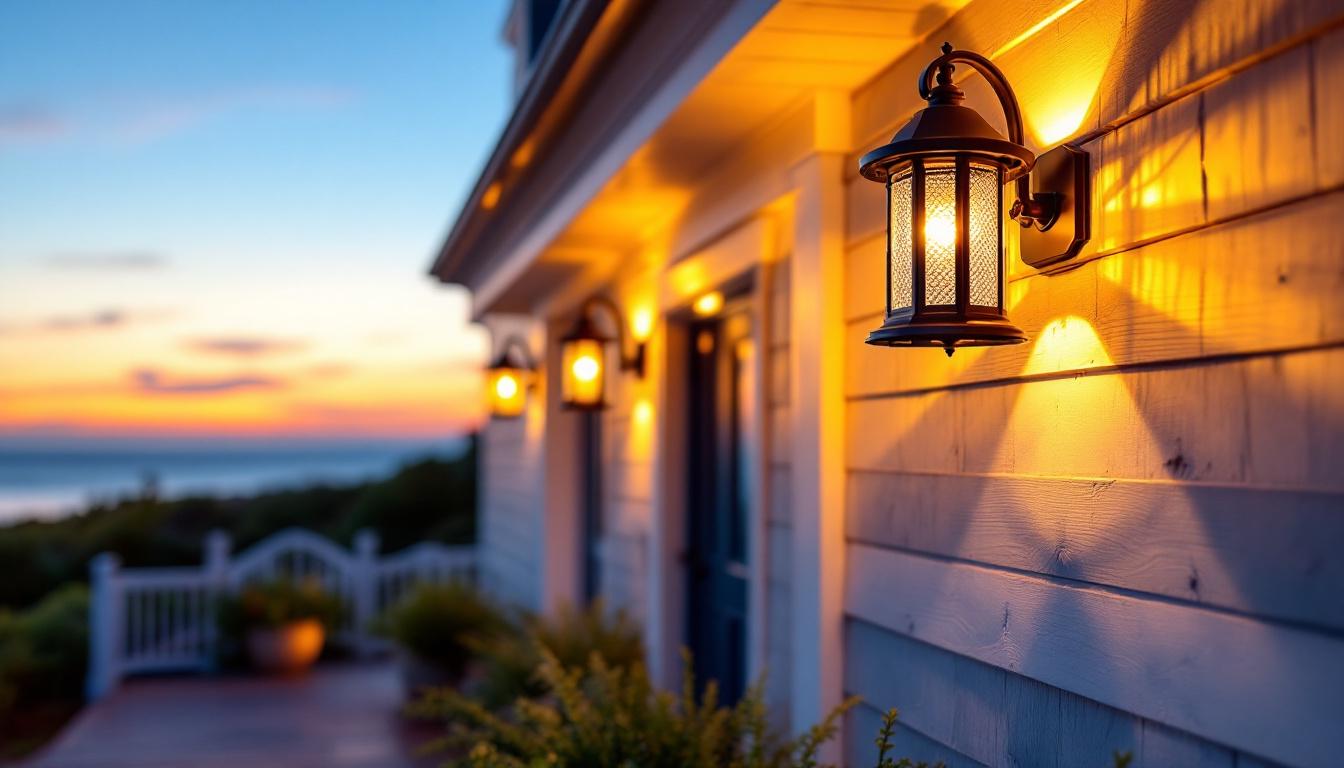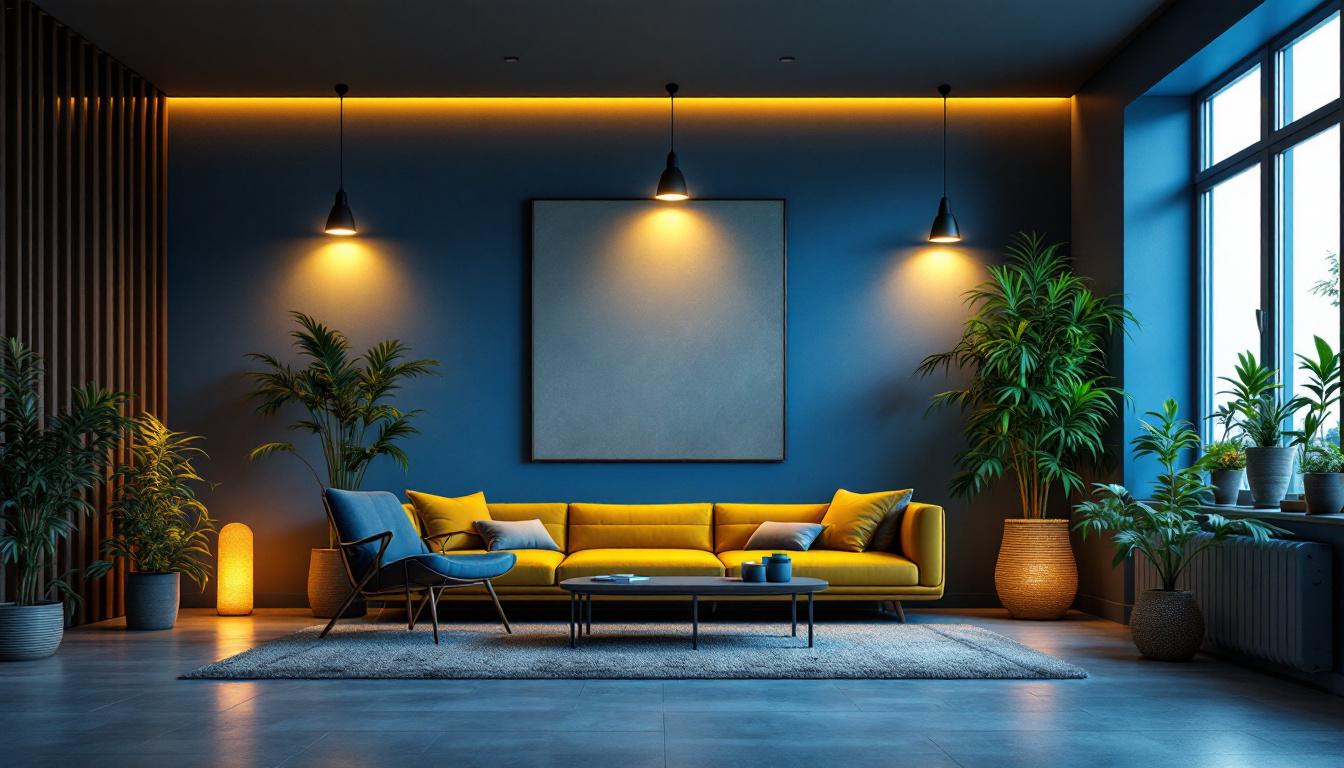
Recessed can lights, also known as downlights, have become a popular choice for kitchen lighting due to their sleek design and ability to provide ample illumination without occupying visual space. These fixtures are installed directly into the ceiling, creating a clean and modern look that many homeowners desire. As a lighting contractor, understanding the nuances of recessed can lights is essential to meet client expectations and deliver exceptional results.
Clients often expect contractors to not only install these lights but also to provide insights on their functionality, aesthetics, and energy efficiency. This article delves into what lighting contractors should know about recessed can lights in kitchens, including design considerations, installation tips, and the latest trends in lighting technology.
One of the primary advantages of recessed can lights is their ability to provide unobtrusive lighting. Unlike traditional fixtures that hang from the ceiling, recessed lights blend seamlessly into the architecture of the kitchen. This creates an open and airy feel, which is especially important in smaller spaces.
Additionally, recessed can lights can be strategically placed to highlight specific areas or features within the kitchen, such as countertops, islands, or artwork. This versatility allows homeowners to create layered lighting, which enhances both functionality and ambiance. By utilizing dimmers, homeowners can adjust the brightness to suit different activities, whether it’s cooking, entertaining, or simply enjoying a quiet meal. This adaptability makes recessed lighting not just a practical choice, but also a key component in setting the mood for various occasions.
There are various types of recessed can lights available, each designed for different purposes. For instance, adjustable or gimbal lights can be angled to direct light where it is needed most, while fixed lights provide a consistent beam. Understanding these options allows contractors to recommend the best solution based on the client’s needs.
Moreover, the choice of bulb type—whether LED, incandescent, or halogen—affects not only the quality of light but also energy consumption. LED lights, for example, are highly energy-efficient and have a longer lifespan, making them a popular choice among environmentally conscious clients. In addition to energy savings, LED bulbs offer a range of color temperatures, allowing homeowners to select a warm, inviting glow or a cooler, more modern light. This flexibility can significantly impact the overall aesthetic of the kitchen, making it essential for contractors to stay informed about the latest advancements in lighting technology to provide the best recommendations.
When planning the lighting layout for a kitchen, several design considerations must be taken into account. Clients often rely on contractors to guide them through this process, ensuring that the final result meets both aesthetic and functional needs.
Layering light is a crucial concept in kitchen design. It involves combining different types of lighting—ambient, task, and accent—to create a well-lit and inviting space. Recessed can lights primarily serve as ambient lighting, but they can also be used in conjunction with other fixtures, such as pendant lights or under-cabinet lighting, to achieve a balanced effect.
For instance, using recessed lights to illuminate the entire kitchen while incorporating pendant lights over an island creates a focal point and enhances the overall design. This layered approach not only improves visibility but also adds depth and dimension to the space. Additionally, incorporating dimmer switches allows homeowners to adjust the brightness according to the time of day or the mood they wish to create, making the kitchen a versatile area for both cooking and entertaining.
The placement and spacing of recessed can lights are critical for achieving optimal lighting. A common rule of thumb is to space the lights approximately 4 to 6 feet apart, depending on the height of the ceiling and the desired brightness. However, this can vary based on the specific layout and design of the kitchen.
Contractors should also consider the height of the ceiling when determining the placement of recessed lights. For example, in kitchens with higher ceilings, additional fixtures may be necessary to ensure adequate illumination. Proper planning and measurement will help avoid dark spots and create a more inviting atmosphere. Furthermore, it’s important to think about the workflow in the kitchen; placing task lighting directly above work areas like countertops, stoves, and sinks can significantly enhance functionality, allowing for safer and more efficient meal preparation.
In addition to traditional lighting options, integrating smart lighting technology can further elevate the kitchen experience. Smart bulbs and fixtures can be programmed to adjust automatically based on natural light levels or even be controlled remotely via smartphone apps. This not only provides convenience but also promotes energy efficiency, as lights can be set to turn off when the kitchen is not in use. As homeowners increasingly seek to blend technology with design, these innovative lighting solutions are becoming essential components of modern kitchen planning.
Successful installation of recessed can lights requires a combination of technical skills and an understanding of the client’s vision. Here are some essential tips for lighting contractors to ensure a smooth installation process.
Before installation, it is crucial to assess the electrical system in the kitchen. Contractors should ensure that the existing wiring can support the new fixtures, especially if multiple lights are being added. This may involve upgrading circuits or installing new wiring to accommodate the increased load.
Additionally, using dimmer switches can enhance the functionality of recessed can lights. Dimmer switches allow homeowners to adjust the brightness according to their needs, whether they are preparing a meal or hosting a dinner party. It is essential to inform clients about the benefits of dimming options during the planning phase.
The trim of a recessed can light can significantly impact the overall look and feel of the kitchen. There are various trim styles available, including baffle, reflector, and adjustable trims, each offering different levels of light diffusion and aesthetics.
Contractors should discuss these options with clients, highlighting how the choice of trim can affect the light’s intensity and direction. For instance, a baffle trim can help reduce glare, making it suitable for task lighting, while a reflector trim can enhance brightness and is ideal for ambient lighting.
Staying updated on the latest trends in kitchen lighting is essential for lighting contractors. Clients often seek modern solutions that reflect current design aesthetics and technological advancements.
Smart lighting has gained popularity in recent years, offering homeowners the ability to control their lighting through mobile apps or voice-activated devices. Recessed can lights can be integrated into smart home systems, allowing for customizable settings and automation.
Contractors should familiarize themselves with various smart lighting options available on the market, including Wi-Fi-enabled bulbs and smart dimmers. Educating clients on these technologies can enhance their overall experience and satisfaction with the lighting installation.
As more homeowners become environmentally conscious, energy-efficient lighting solutions are increasingly in demand. Recessed can lights with LED technology not only consume less energy but also have a longer lifespan compared to traditional bulbs.
Contractors should emphasize the benefits of energy-efficient lighting to clients, including potential savings on energy bills and reduced environmental impact. Providing information on energy ratings and certifications can also help clients make informed decisions.
Lighting contractors should be prepared to address common questions and concerns that clients may have regarding recessed can lights. Understanding these inquiries can help build trust and confidence in the contractor-client relationship.
One of the most frequently asked questions is about the number of recessed can lights required for a kitchen. The answer depends on various factors, including the size of the kitchen, ceiling height, and the desired brightness level.
Contractors can use a simple calculation method: for general lighting, it is recommended to have 1.5 watts per square foot of space. This guideline can help contractors provide a rough estimate, but it is essential to consider the client’s preferences and the specific layout of the kitchen.
Color temperature is another critical aspect of lighting that clients often inquire about. Measured in Kelvin (K), color temperature affects the ambiance of the kitchen. A warmer color temperature (around 2700K to 3000K) creates a cozy atmosphere, while a cooler temperature (above 4000K) offers a more modern and energetic feel.
Contractors should discuss color temperature options with clients, helping them choose a setting that aligns with their overall design vision and functional needs. Providing samples or visual aids can assist clients in making informed decisions.
Recessed can lights are a versatile and stylish lighting solution for kitchens, offering both functionality and aesthetic appeal. As a lighting contractor, understanding the intricacies of these fixtures is essential to meet client expectations and deliver exceptional results.
By considering design elements, installation tips, and current trends, contractors can provide valuable insights that enhance the client experience. Addressing common questions and concerns further solidifies the contractor-client relationship, ensuring a successful lighting project.
Ultimately, staying informed and adaptable in the ever-evolving world of lighting design will empower contractors to exceed client expectations and create beautifully illuminated kitchens that clients will cherish for years to come.
Ready to elevate your kitchen lighting projects with the finest recessed can lights on the market? Look no further than LumenWholesale, where we provide contractors with high-quality, specification-grade lighting solutions at unbeatable wholesale prices. Our extensive selection is designed to meet the highest industry standards, ensuring you deliver exceptional results to your clients every time. With the convenience of free shipping and no hidden fees, LumenWholesale is your go-to source for premium lighting without the premium price tag. Discover the best value in wholesale lighting and make your next kitchen lighting project shine with LumenWholesale.

Discover expert Nantucket lighting tips for contractors, boosting project quality and efficiency.

Discover the essential checklist for lighting contractors to master daylight lightbulb installations.

Discover essential tips and expert advice for lighting contractors looking to master the installation and design of pot lights.

Explore how strip lighting LEDs are revolutionizing the work of lighting contractors, enhancing design flexibility, energy efficiency, and project outcomes.